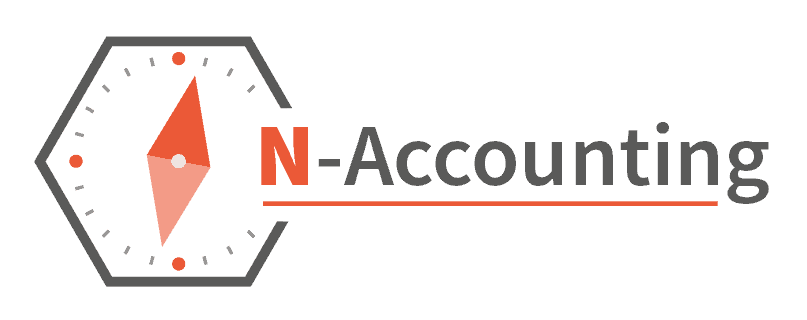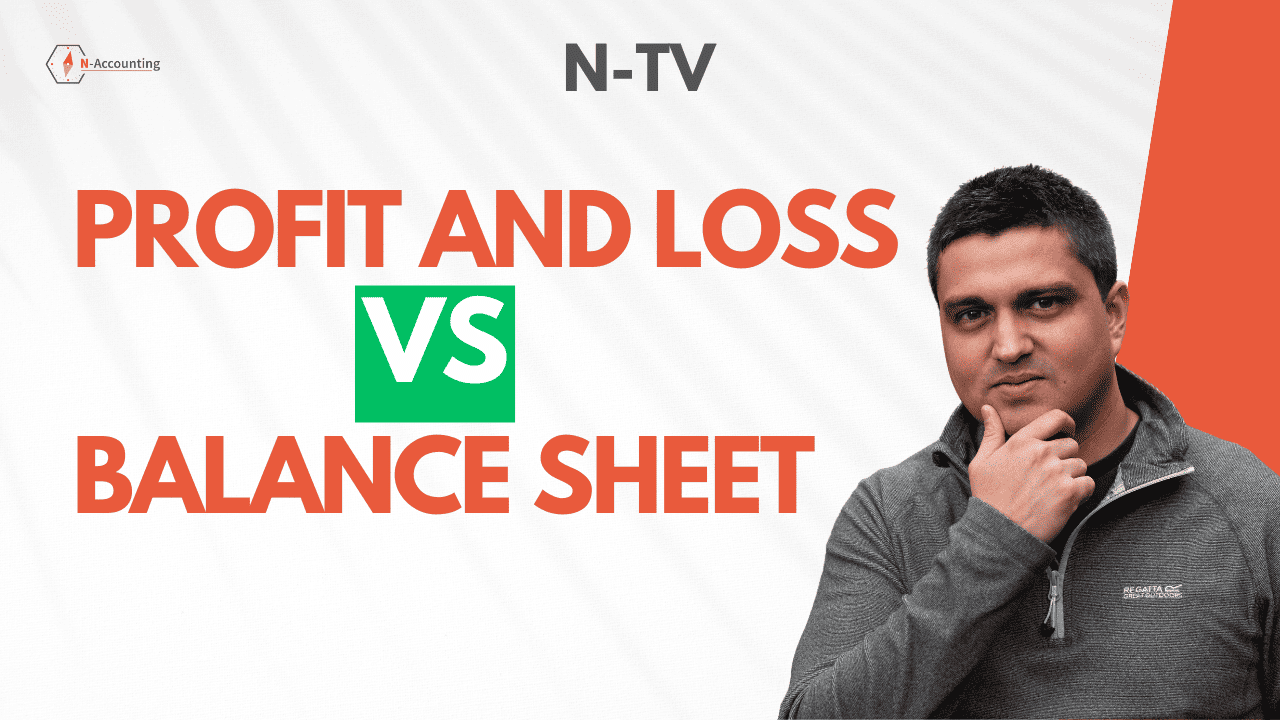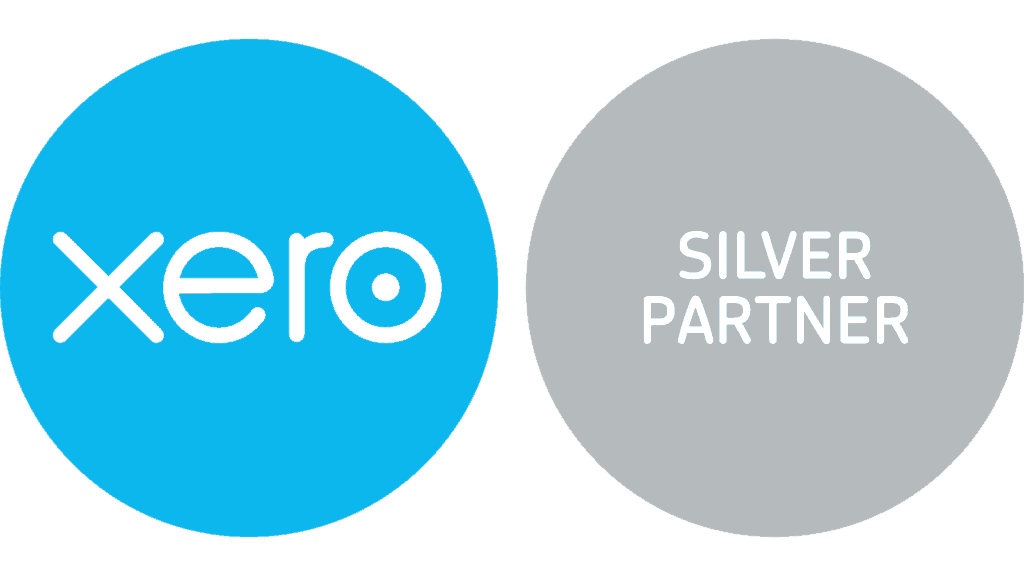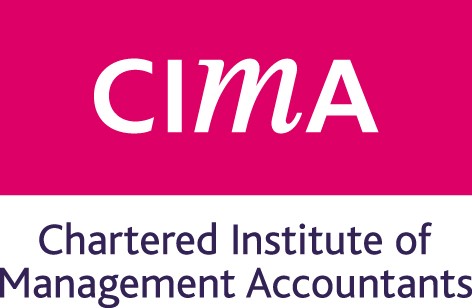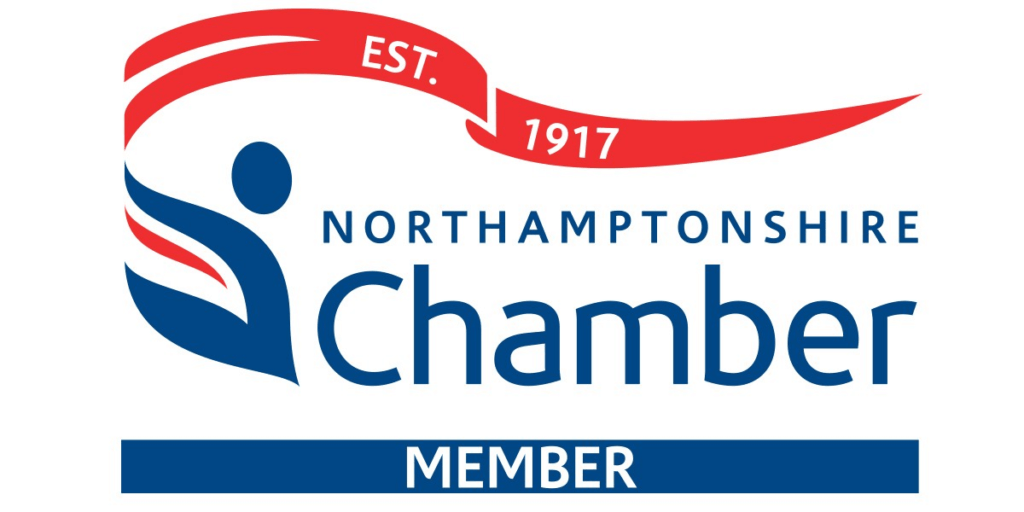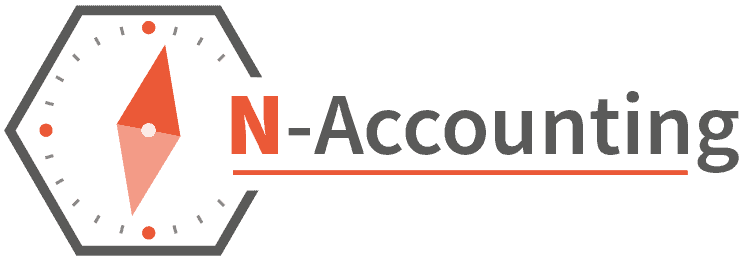When it comes to your business, ensuring that you run with the best pricing strategies for your individual company is of the utmost importance. In fact, getting it wrong can actually make or break your small business, so it is essential that you get it right and Northants Accounting are here to help you get it right.
When it comes to working out your selling price, it is not as simple as sticking a price tag on an item or service and hoping for the best. There is a lot more that goes into a pricing strategy than that and settling on a selling price is something that needs careful consideration beforehand.
Before selling a specific product or service, your business needs to calculate the correct selling price and this fee needs to incorporate the following:
- Any overheads (any ongoing business expenses that do not fall under labour or material costs)
- What profit is to be made
- The cost of goods or providing a service
So, you know what needs to be included in your selling price, but how do you actually calculate and come up with the final sales price?
The Mark-Up Method
Well, a popular approach is often referred to as the mark-up method. The basic concept with the mark-up method is to simply add a percentage to the cost of goods. This percentage will incorporate both overheads and the profit you’d like to make as a result of selling the product or service.
Essentially, a mark-up will determine exactly how much money your business is making on a specific item relative to its direct costs – by direct costs, we mean everything involved in the production of a certain product or service.
There is a simple formula used in pretty much every industry to calculate the mark-up percentage. We’ve included it below.
Gross Profit Margin = Sales Price – Unit Cost.
So, for example, your gross profit margin = £125 – £100 = £25
Once you have worked out the gross profit margin, you can then calculate the mark-up percentage needed for your goods.
Mark-up percentage = Gross profit Margin (£25)/Unit Cost (£100) = 25%
Finally, to work out the ideal price to sell your product or service at, you then use this last formula:
Sales price = Cost (£100) X Mark-up percentage (25%) + Cost (£100) = £125
There are pros and cons to using the mark-up approach. The cons are that it does not take into account what your competitors are doing. What your competitors are charging for similar products will have a direct impact on your market share and general profit – getting it wrong can cost your small business a lot more than it ever bargained for.
Equally, this approach does not consider the value your goods offer, nor does it incorporate your potential customer’s willingness to pay for something they genuinely want.
However, this approach is popular for a reason and that is because it comes with plenty of pros too. The fact of the matter is this… the mark-up approach is simple, plus there is the guarantee that all costs of producing the goods are covered within the price – leaving room for a nice chunk of profit too.
Looking for a new accountant?
GET IN TOUCHNow on to Calculating Margin
Ok, so you’ve worked out how to mark-up, but now you need to know how much margin you have on your products or services. In simple terms, the margin is basically the profit your small business will make on its sales – as a percentage.
Business owners often confuse mark-up and margin. When it comes to your business accounting, it is important that you can differentiate between the two, as both figures provide information on unique things.
Margin is the final figure that most businesses are interested in. It reveals exactly how much your business makes after paying all the expenses involved in producing and selling goods. It is the revenue that your small business makes after paying the costs of goods sold.
To work out your margin, you need to divide the gross profit of your business by the revenue it creates.
Margin = Gross profit / revenue
But to work out your margin, you will first need to work out what your gross profit is. This is simple to do – deduct the cost of goods sold from the revenue your small business brings in.
For example, your business sells an electrical good for £200 each and the product itself costs £150 to make. To find your gross profit, you deduct £150 from the £200 you charge.
Gross profit – revenue (£200) – cost of goods sold (£150) = gross profit (£50)
Finally, to calculate the margin, you divide the gross profit by the revenue.
Following the same example, that would be £50 / £200 = 0.25 margin. To transform that number into a percentage, all you need to do is multiply it by 100 – giving you a 25% margin in this instance.
All in all, that means that your business would retain 25% of its total revenue, after spending 75% of it on buying, producing and selling the item.
Understanding how to mark-up and workout the margin is an essential part of running a business. If you fail to understand how to price your products and services correctly, you may end up missing out on a huge amount of profit – and who knows, that extra profit might be exactly what you need to achieve growth plans, to launch a new product or buy a well needed new premises.
Pricing and the Different Margin Strategies Available
Establishing the right selling price for your products should extend a lot further than simply adding on a percentage to the costs accrued when producing goods.
As we mentioned previously, it is important to reflect on your pricing, as your pricing reflects on you as a brand. Do you think that Costa Coffee or Dominos charge consumers how much their products cost to make with a little added extra? Absolutely not, so why would you?
Your selling price says a lot about your brand and the image that is portrayed to potential customers is something that is largely impacted by your pricing strategy.
To begin with, your small business needs to know exactly what market it is catering for. If you have a high-quality product that is supposed to scream “premium brand”, then your pricing should be towards the upper end of the scale.
However, if your business plan is to target larger volumes of customers by offering much lower prices, then the pricing strategy you implement will have an entirely different focus.
High Margin Approach
Your small business has decided that it wants to be seen as a premium brand, so naturally, the pricing of your products or services needs to reflect that vision entirely.
Take Rolex for example – they have paved themselves as a luxurious, premium brand that can only be accessed with ludicrous amounts of money. There are plenty of other watch brands that produce a similar level of quality, but the pricing strategy and marketing campaigns that Rolex rolls out tick all the right boxes to ensure they are seen as the best of the best.
One of the greatest things about this approach for small businesses is that you can generate a lot more, for a lot less sales. In order to break even, businesses that have a high margin strategy have to sell a lot less than the small businesses out there who have considerably lower prices.
Though it of course goes without saying that your service or product needs to be worth the price your business is charging (at least in the eyes of consumers), otherwise your company might be left high and dry.
Another thing that small businesses need to be aware of is the competition. If it was as easy as slapping a high price tag on something and winging it constantly, every business on the planet would have the same outlook. The selling price must definitely be justified, as consumers are smarter and thriftier than ever thanks to a hugely overcrowded and competitive market.
Low-Margin Approach
Let’s face it – no one truly wants to sell their product or service with a low margin, but sometimes it is the sacrifice that small businesses make to attract bigger numbers of customers and to create a higher volume of sales.
A popular choice is to temporarily implement a low margin approach to get the customers flocking to a particular service or product – then once there is enough buzz around it, the selling price goes up.
This is often used when there is a product launch, but new businesses can also adapt the low-margin approach to work in their favour to quickly build up a customer base.
There is a lot more to pricing and margins than most people realise. You may have worked this out the hard way and if you are still struggling to get the profit you desire, or find that managing your cash flow has become an almost impossible task, get in touch with our friendly small business accountants today for advice on what to do next.
